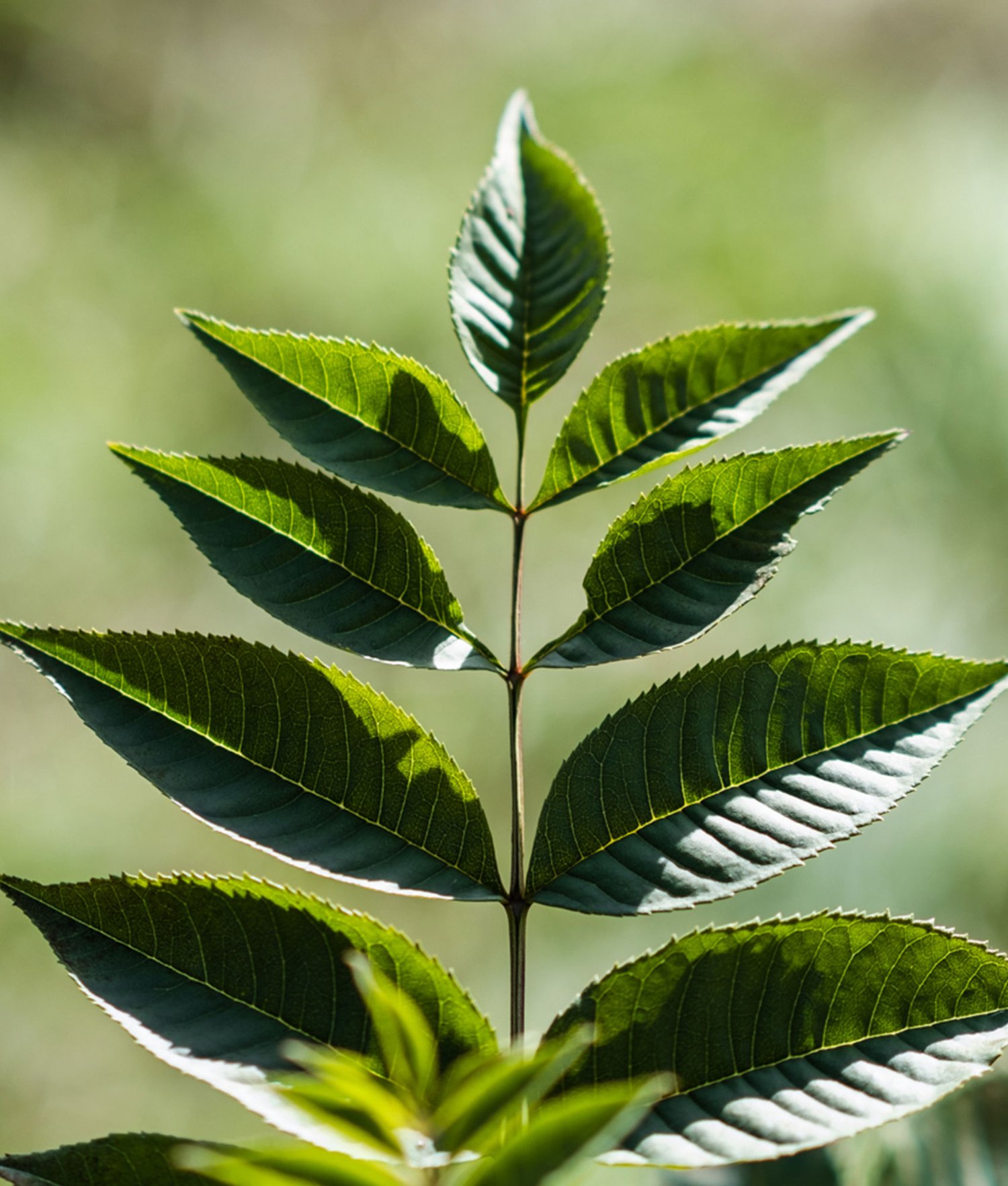
Pontisse, Belgium
King Charlemagne Forest
Restoring ancestral forest in a dense village community.
The creation of a Miyawaki forest, in Pontisse, Belgium, will be the last piece in a 50 year community project; a church, a school, a gymnasium, a public garden, a bicycle trail amongst other things!
Our children started to plant trees, shrubs and flowers with their families. Yet, they are eager to create their own forest! Our goal is to restore a piece of ‘King Charlemagne's Forest’. By doing so we hope to regenerate natural forests benefiting our communities, animals, climate and the planet.
Forest Maker Nicolas de Brabandère

1,500
trees
500
square meters
26
native species



Forest Report: 2 Years
DATE: 25.11.2022
Survival Rate: 95%
Tallest Tree: 80cm
King Charlemagne Forest is doing well and is cherished by the local school community of School Notre-Dame De Bon Secours. It is providing valuable enrichment for the children. Survival rate is good though growth rate is slower than typically seen with a Miyawaki forest. In part, this is because it was not watered during the 2022 summer drought; animal activity has also been a factor. Burrows have been seen in the forest - which is a good sign - though these animals may be disrupting the growth of the forest a little.
On Friday 25 November 2022, it was Saint Catherine’s Day - historically thought to be a good day to plant trees! To celebrate,the whole school - from kindergarten to primary 6 - went into the forest to make observations and an inventory. The children are in the process of writing a report which they will publish in the school’s digital newspaper. This pocket forest is a part of school life.
King Charlemagne also attracts people walking on the public path nearby. A neighbour installed beehives next to the forest too and is now collecting honey from there. It is a hub for local people!



Biodiversity Notes:




Forest Report: 1 Year
DATE: 09.12.2021
Survival Rate: 95%
Tallest Tree: 80cm
Most trees have doubled in size. The trees are doing well, very green, and in good health. This first year is going as planned. The trees are settling in, roots growing deep underground connecting to each other as well as to growing fungi in the soil. Strong, dense growth is to be expected in the second year and at that point, we envisage it not being possible to walk through the forest anymore.
The forest was left unattended from the planting until early September. Hence, some weeds did grow excessively, and began to overtake the trees. However, with 30 local volunteers of all ages, we conducted one big day of maintenance. The group included local families and the Director of the school. We gave some explanation about the importance of the trees having access to fresh air and light and how the community can support King Charlemagne in its second year.
Maintenance is the main issue for the community. It is not the most exciting part of the project and also tiring. We agree it must be done at least one more time next spring. After that, this Miyawaki forest should be self-sustaining.
The community is well-aware of an urban forest now in the neighbourhood. We are confident it will become an even stronger presence in the next year, once the trees are more established and, thus, the growth increases.



“Times are changing. After years of heavy industry in the neighbourhood, we are working with a keen local community to bring back a thriving piece of ancestral forest. Nature is making a comeback in our lives. We are creating forest habitat for our birds, amazing bugs, mushrooms and butterflies. We are much better with it.”
— Nicolas de Brabandère, Urban Forests
Forest Report: Planting
DATE: 09.12.2020



“The project in Pontisse, Belgium, aims to restore ‘King Charlemagne's Forest’. By doing so we hope to regenerate natural forests benefiting our communities, animals, climate and the planet.”
— Edmond Moreau, President of the Tremplin Gymnasium

History
Charlemagne (746-814), king of the Franks and emperor of the christian occidental empire had a leisure castle built close to our village in Herstal, Belgium. Written sources acknowledge 13 royals staying in the castle with the main purposes to reign, but also to relax by hunting into the surrounding woods ! Until the XIXth century the inhabitants of our village were called ‘Les bleus dès bwes’, the wolves of the woods !
Since those ancient times, those woods were unfortunately replaced by industrial zonings and highways.
Discover more SUGi Projects


De Ark
A forest learning center in Sint-Niklaas


Langalibalele Forest
Cultivating a green oasis for community wellness and education.


Papenhof Forest
Nature-based therapy at the heart of a city


